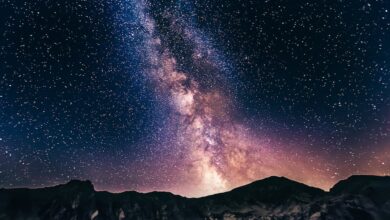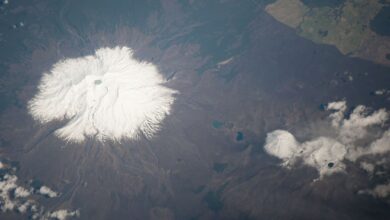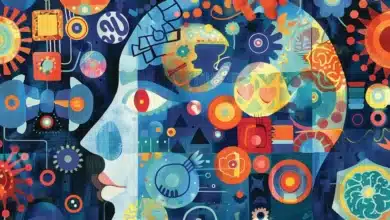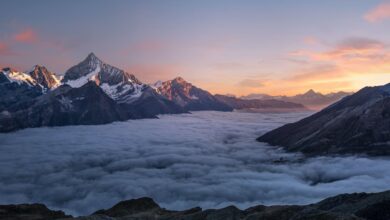Introduction
The art of photography has been used to bridge the gap between the abstract beauty and human desire to connect with, understand and protect our world. Jason Edwards is a veteran photographer who has used his lens to capture the intricate details of life on every continent. Edwards has been a naturalist for more than 30 years. He is also a storyteller who tells scientific stories. Edwards’ photographs are more than just documentation. They educate, inspire and challenge perceptions. His photos promote environmental stewardship, as well as an appreciation of biological diversity.
This article explores the rich tapestry that is Jason Edwards’ career, from a science- and geography-based perspective. His journey shows how photography can be a powerful tool to promote conservation, environmental awareness, and cultural understanding when it is used with technical expertise and an ethical purpose.
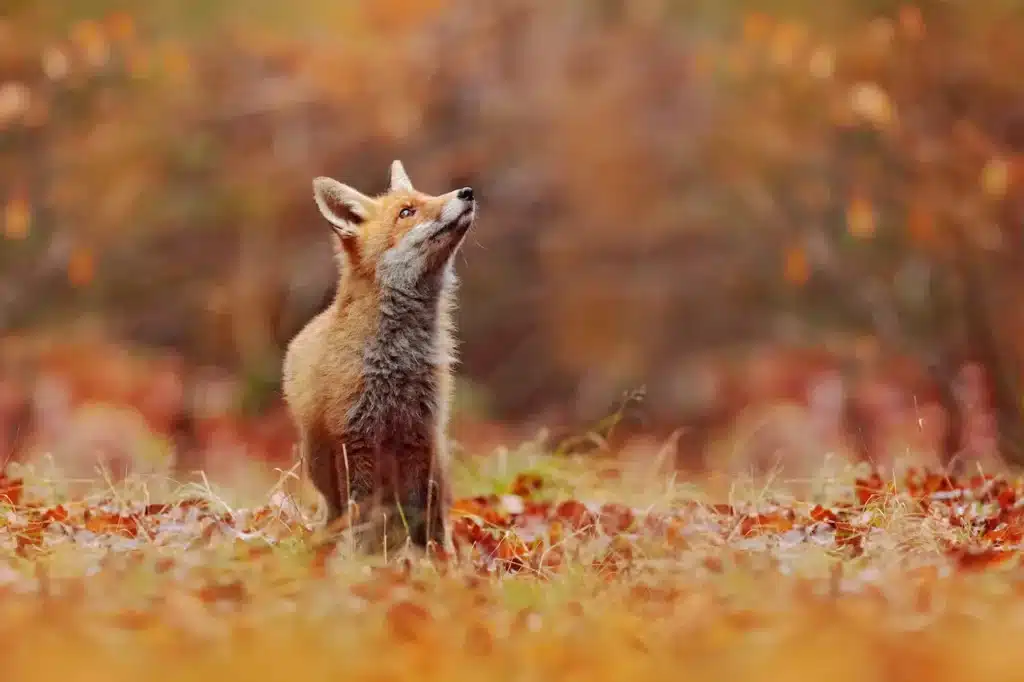
The Scientific Lens: Environmental Photography
Natural history photography is at its core a highly scientific discipline. It requires a high level of technical precision, a thorough understanding of ecology, and rigorous observational skills. Edwards’s work is a perfect example of this integration between art and science. His photographs are more than just aesthetics; they are carefully composed visual records that demonstrate key ecological interactions and species behaviour.
Each image, whether it’s a picture of a wildebeest migration across the Serengeti or a delicate display of courtship by a bird-of-paradise in Papua New Guinea, provides valuable insights into the dynamics of Earth’s biosphere. Edwards’ portfolio is not only a collection of beautiful images, but it also contains a wealth of data that can be used to support environmental policy and scientific inquiry.
The value of photographic proof cannot be understated, as biodiversity continues to decrease globally due to habitat destruction, climate change and human encroachment. Edwards’ photography can help galvanise support for conservation efforts, achieving often what data and policy documents alone cannot: a visual, emotional connection to nature.
Origins of Film: Light and Chemistry as a Foundation
Jason Edwards began his journey into photography in an age when film was the dominant medium and every frame counted. The early experiences with Kodak black and white canisters, and Ilford negatives, were not only exercises in learning technical skills but also crucial formative years which taught him the discipline needed for photographic storytelling. Edwards’s early experiences with film – its limitations, such as the inability to confirm a shot immediately, or the small margin for exposure mistakes – taught him to pay attention to details and to appreciate the interaction between light, aperture and time.
The transition from Kodachrome to Kodachrome64 transparency film, which is synonymous with National Geographic’s visual language, marked an important chapter in his career. The slow-speed, colour film is renowned for its vivid reproduction and fine grain. It also demands absolute precision. The latitude for exposure was very narrow, forcing photographers to learn light and colour theory almost instinctively. This phase was a test for Edwards. He refined his technical skills until exposure became second-nature, similar to muscle memory in a musician or athlete.
Early analog experience gave him more than technical knowledge. The early analog experience shaped his scientific approach — hypotheses, trials, errors, and conclusions which has influenced every aspect of Edwards’ career. Edwards applies this rigorous analytical framework whether he is in the field or reviewing images after a shoot.
Artistic Sensibility & Visual Composition
Edwards was a pencil and brush man before he ever held a camera. Edwards’ childhood fascination with oil painting and drawing cultivated an acute sense of composition, balance, and symmetry. Later, these artistic foundations evolved into photography instincts that guide how he frames his subjects, interprets the landscapes and tells visual tales.
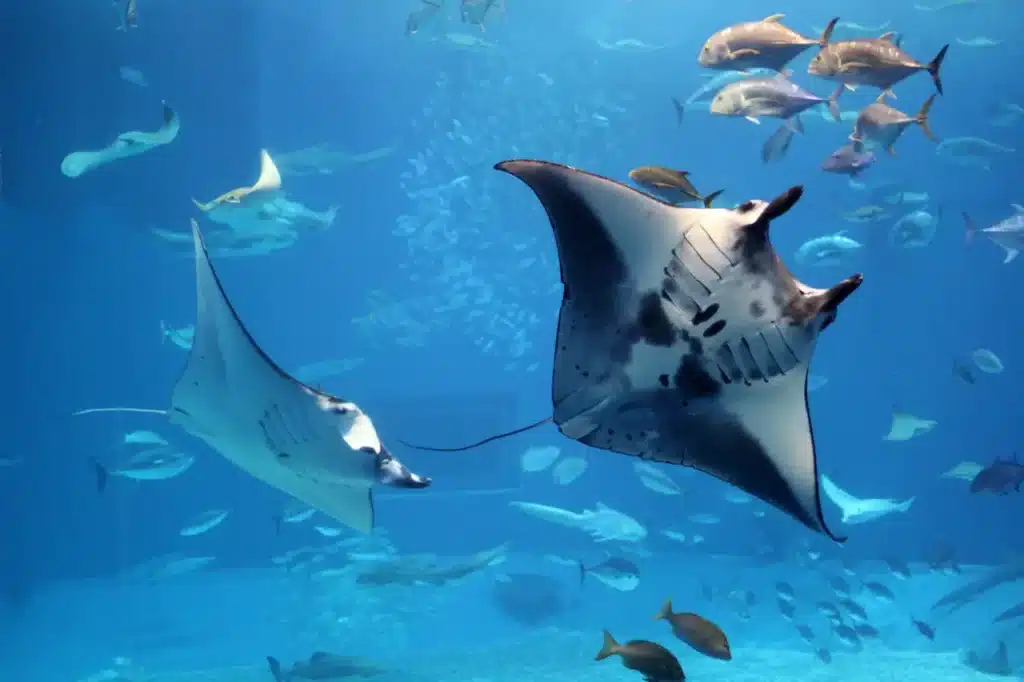
The Gestalt principles are often used by designers and communicators in visual communication and environmental design. His photographs vividly illustrate the idea that “the whole is greater than its parts”. One image can capture the ecological relationships among flora and fauna, weather patterns and terrain, all harmonised into a cohesive composition.
Edwards’ visual intuition also allows him to convey geographic and ecological data without the need for overt explanation. By using framing and light, Edwards can convey the magnitude of geological formations or the fragility of microhabitats. He also uses timing to show tension between predators and prey. These visual cues are non-verbal science storytelling that is accessible to all audiences, regardless of their language or literacy.
Field Science: Immersion in the field, observation, and respect
Natural history photography is intrinsically immersive. It requires time, patience and sometimes physical risk. Edwards’s fieldwork has brought him to some of the most remote and biologically-rich regions of the globe. These expeditions, which are planned carefully, are not vacations. They are scientific missions that require permits, research, collaboration with locals, and an adaptable mindset.
Edwards, who has a background in zoology as well as early experience working at the Zoological Board of Victoria in Victoria, approaches wildlife with the eye of a biologist. Edwards’ knowledge of animal behaviour, migration patterns and habitat requirements allows him to anticipate important photographic moments. It is also important to ensure that his presence will not disturb or endanger any of the species he’s documenting.
According to Edwards, making ethical decisions in the field can often be difficult. Edwards is the only person who can determine, without researchers or conservation officers in attendance, whether or not a certain behaviour could stress an animal. Professional conservation photographers are distinguished from casual wildlife enthusiasts by their blend of autonomy and responsibility.
Edwards has built a relationship of trust over time with many scientific communities. She works alongside conservationists and researchers to visually tell their stories. This collaborative approach bridges a gap between empirical science, public communication and the apathy towards the environment.
The Digital Transition and the Future of Environmental Documentation
In the past 20 years, digital technology has revolutionised how images are captured and edited, stored and shared. Edwards is aware of the benefits and versatility of digital imaging, but he also recognises its drawbacks. The ease of digital photography can hide fundamental knowledge gaps, especially to the “exposure triangle” of ISO (ISO), aperture and shutter speed.
Edwards, despite this criticism, has embraced digital storytelling tools because of their ability to enhance the story. The use of high-resolution cameras, drones and remote-controlled cameratraps has expanded the possibilities for field documentation. These technologies are not crutches, but extensions of his artistic vision and scientific approach.
The digital age, which has also democratised the photography industry, allows citizen scientists to participate in biodiversity monitoring and eco-research. Edwards is a proponent of this inclusive approach and recognises that protecting the earth requires a collective effort. Edwards also stresses the need for experienced professionals with deep expertise and high ethical standards in their work. These qualities cannot be duplicated by artificial intelligence or automation.
Beyond Wildlife: A Holistic Geographic Perspective
Edwards was once dubbed a “wildlife photographer,” but he has increasingly become a storyteller about systems, exploring the interconnectedness between species, landscapes and cultures. This geographic perspective recognises that environmental concerns are not isolated issues but rather part of larger socioecological systems.
A photograph of an area that has been deforested, for example, is more than just a record of the environment. This is a case study that involves climate feedback loops and indigenous land rights as well as agricultural economics and biodiversity loss. Edwards’ documentation of these complex realities helps to increase public understanding of geography as more than a science of the physical world. It is also a study of how humans interact with their environment.
Edwards’ work is aligned with disciplines like political ecology and biocultural biodiversity, which are emerging fields that seek to understand how ecosystems and society interact. Edwards’ changing photographic themes reflect the academic shift away from reductionist models to more holistic and systems-based approaches within environmental science and geographics.
The Photographic Ethos – Story, Sacrifice and Responsibility
Edwards believes that photography is a dialogue of preparation and chance. Although technical skills and planning are important, Edwards believes that serendipity is an essential element. He calls it a “gift” given by the “God Of Photography.” These moments of grace are often the result of long hours, physical pain, or emotional exhaustion, which reinforces the idea that meaningful photographs require sacrifice and dedication.
These sacrifices aren’t made for vanity or to gain accolades. Edwards’ ultimate success metric is whether an image conveys the message it was intended to. Edwards’ ethical framework, which focuses on narrative integrity over aesthetic perfection, underscores his deeper purpose. When used responsibly, photography can be a tool for enlightenment. It can inspire curiosity, prompt action, and, most importantly, bear testimony to truths which must not go unnoticed.
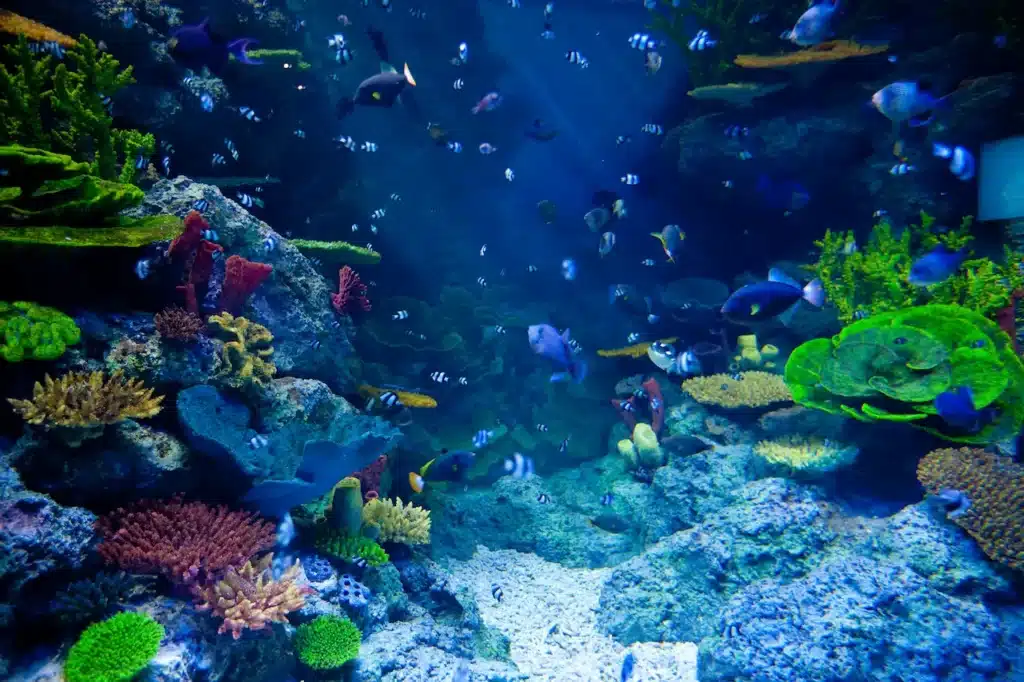
Conclusion: A Legacy of Light and Learning
Jason Edwards’ career is a testament to photography’s enduring power as a geographic and scientific instrument. He has always been committed to his vision of images that inspire and educate. From his Kodachrome analog days to his digital expeditions today, he is still committed to this vision. His photos, which appear in some of the most prestigious publications around the globe, are more than just visual records. They are catalysts for conservation, understanding and change.
Edwards’s work reminds us that in a world increasingly shaped and reshaped by environmental crises and changing cultural landscapes, we must see the world differently. We see the fragile beauty of our planet through his lens. But we also realise that it is our responsibility to protect it.
Pure photography is this. In Jason Edwards’s hands, photography becomes a vital art.
